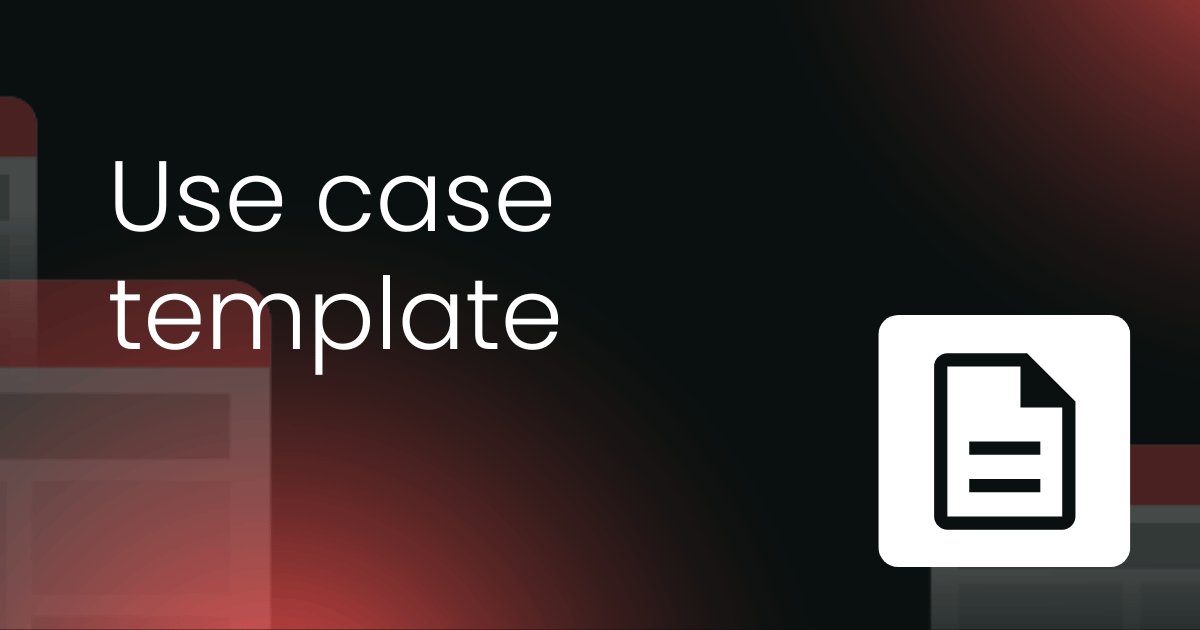Looking to bring more structure to your feature planning and user stories? This use case template is designed to help you clearly define how users interact with your product – and what happens behind the scenes when they do.
Whether you’re mapping a new workflow, prepping for a sprint, or just trying to get everyone on the same page, this template will help you capture the “who, what, when, and what if” of your product’s functionality. It’s simple, flexible, and comes with a completed example to guide you.
What is a use case template?
A use case template is a structured way to describe how a user (or another system) interacts with your product to achieve a specific goal. It outlines the step-by-step flow of actions, along with important context like triggers, exceptions, and outcomes.
In short, it helps you tell the story of how something works – from the user’s point of view. Use cases are especially useful when you want to align your product, design, and engineering teams on what needs to be built, why it matters, and what success looks like.
How to use the template
Start by downloading the template in your preferred format – Word doc, PDF, or Google Doc. You’ll see a blank version you can fill in, as well as a completed example that shows how a task management tool handles assigning a task.
Each section of the template prompts you to think through key parts of the user journey: Who’s involved? What triggers the action? What happens next – and what could go wrong? Fill in as much detail as you need, and don’t worry if you need to tweak it to fit your workflow. This template is built to flex with you.
Get your use case template






